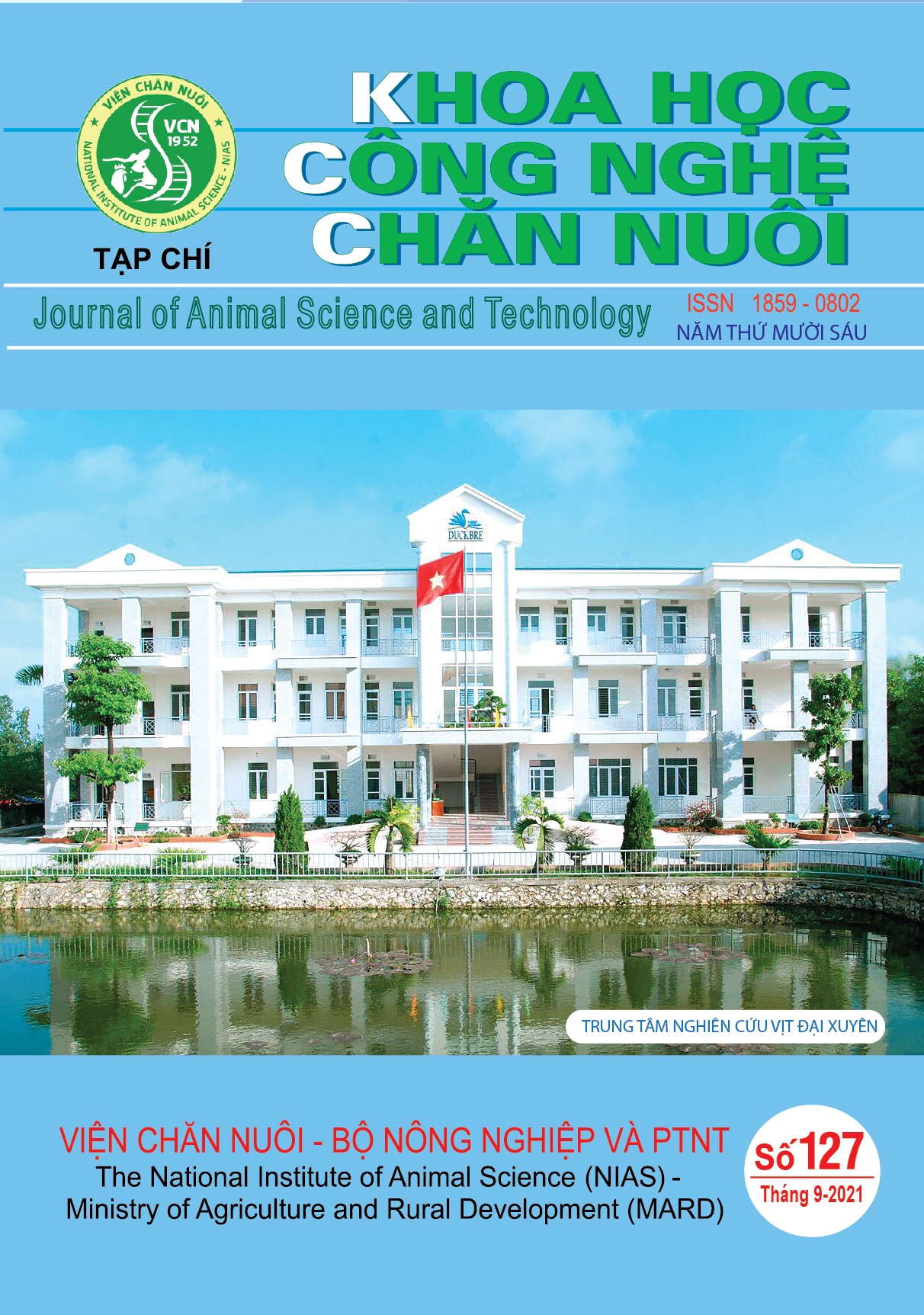The importance of grasslands to the agricultural ecosystem
Natural and semi-natural grasslands have high biodiversity and their socio-cultural values. However, their ability to provide many ecosystem services as part of an agricultural system is underestimated compared with other production systems. Comprehensive studies of the ecosystems provided by natural and semi-natural grasslands in several parts of the world show that these grasslands can provide additional non-agricultural services such as: water supply and flow regulation, carbon storage, erosion control, climate mitigation, crop pollination and cultural ecosystems. While demand for ecosystem services seems to balance out supply in natural grasslands, smaller areas of semi-natural grasslands are unlikely to meet demand for many services. Three groups of related ecosystems can be identified from grasslands: Water ecosystems including forage production; Cultural ecosystems related to livestock; Population-based regulatory services (such as pollination and biological control) are also related to biodiversity. Reducing greenhouse gas emissions does not appear to be related to these three groups. There are common features in the ecological relationship between areas of natural and semi-natural grasslands, the balance and synergies between services in relation to management practices have shown that although Some trade-offs are inevitable, but proper management can create synergies and avoid trade-offs between multiple services. Therefore, ecosystem policy and services and food security should give higher priority to how grasslands are managed to produce fodder and meat along with other ecosystems. By integrating grasslands into agricultural production systems and local and regional land use decisions, their potential to contribute to landscape function, food security and sustainable livelihoods sustainability can be significantly enhanced.

